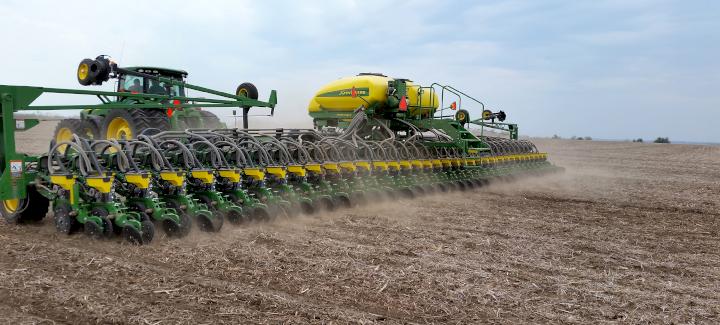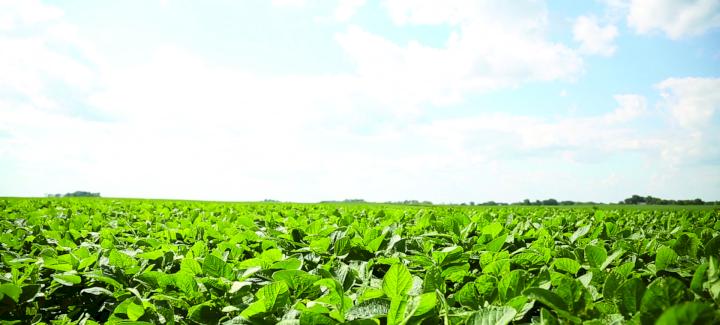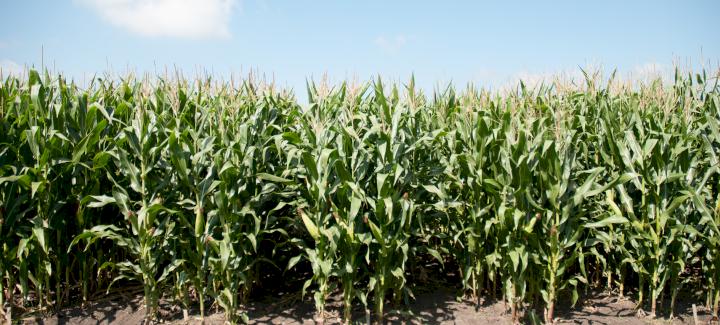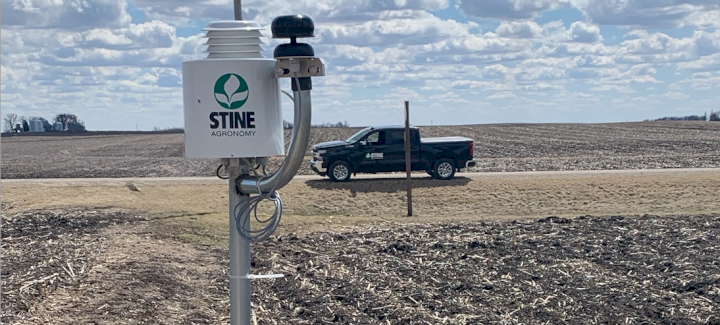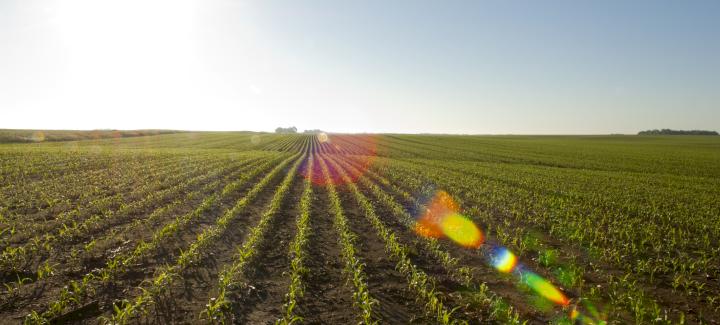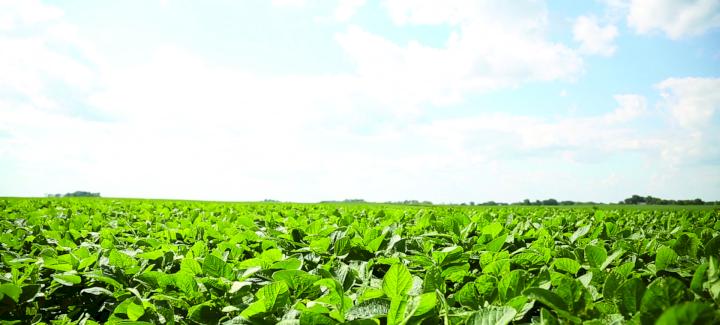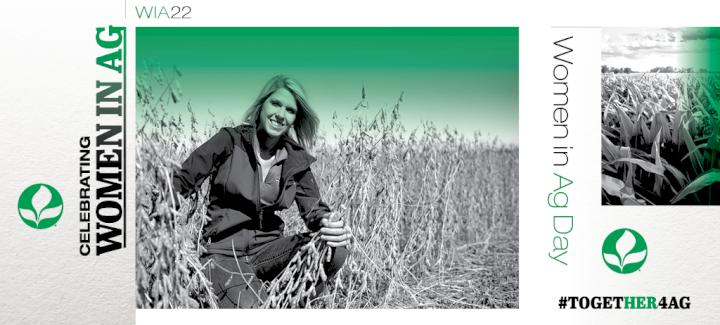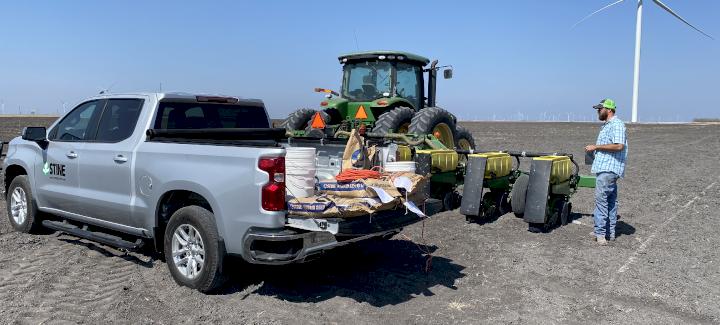Stine Seed Blog
Stine’s Ask the Agronomist blog is your source to the latest information from our expert team, including advice and insight on field practices, product recommendations, planting and harvest updates, new technologies, crop management, innovative research and information about how to keep your farm operation running smoothly year round.
-

Join the Stine legacy
May 2022 in General
-

Don’t fret, stick to your planting plan
May 2022 in Agronomy
-

Scout often for these common soybean diseases
April 2022 in Agronomy
-

Don’t let common corn diseases affect your yield game
April 2022 in Agronomy
-

Stine® deploys weather stations at Master Yield in the Field plots
April 2022 in Agronomy
-

Stine® launches new emergence study
April 2022 in Agronomy
-

EPA lifts previous restrictions on Enlist One® & Enlist Duo® herbicides in 128 counties
March 2022 in Agronomy
-

Stine® honors women in agriculture
March 2022 in General
-

Jill Melby: Returning to agriculture to inspire the next generation
March 2022 in General
-

Michelle Nelson: Educator, mother and a self-proclaimed people person
March 2022 in General
-

Paige Harris: Giving the next generation of women in ag so much to look up to!
March 2022 in General
-

Stine RSAs share their top planting tips for 2022.
February 2022 in Agronomy


